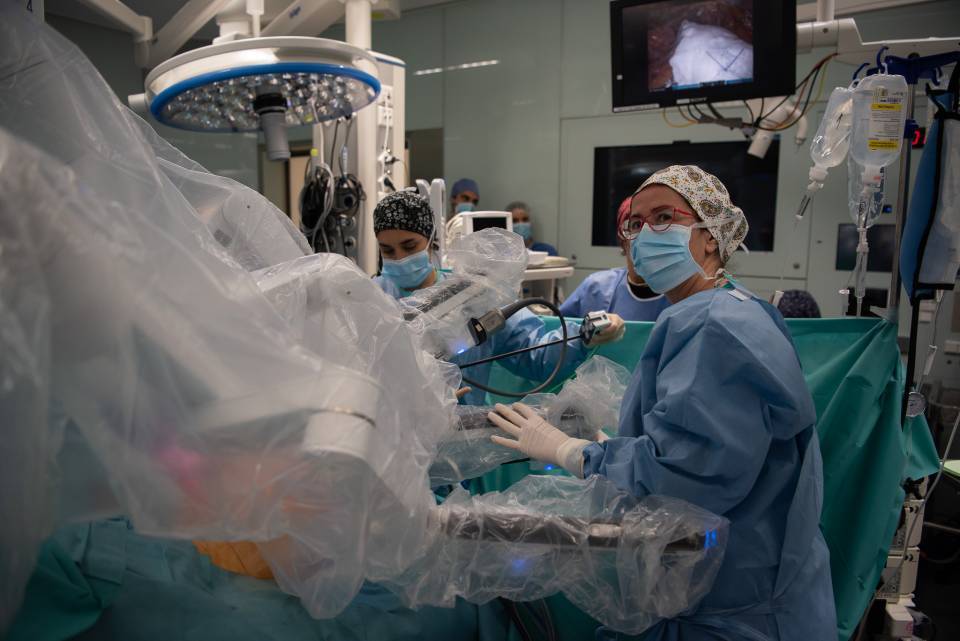A study coordinated by Dr. Pablo Villoslada, director of the Neurosciences programme at the Hospital del Mar Research Institute and head of the Neurology Service at the Hospital del Mar, made it possible to develop an artificial intelligence-based tool to predict the evolution of people diagnosed with multiple sclerosis. The study was published in the Journal of Neurology and is the result of the European Commission Sys4MS project. It involved the Hospital Clínic de Barcelona, the Charité - Universitätsmedizin Berlin, in Germany, the IRCCS Ospedale Policlinico San Martino, in Genoa, Italy, and Oslo University Hospital, in Norway.
In order to develop this tool, a group of over 300 multiple sclerosis patients and over 100 people free of the disease had to be followed for two years. During this period, their condition was analysed exhaustively. They were assessed using various clinical and cognitive scales, as well as imaging tests (brain magnetic resonance imaging and optical coherence tomography to analyse the state of the retina). They also carried out a complete analysis of the patients’ genetics as well as of the proteins and inflammatory cells present in their blood. The data obtained were validated with a second cohort of 271 people with multiple sclerosis.
High level of accuracy
The tool, developed with different artificial intelligence and learning approaches, based on the data of the participants, achieved high levels of accuracy, especially with regard to patients who will undergo changes in their condition, and in those who will have to change their treatment for other types that are more effective. Dr. Villoslada explains that the work carried out “indicates that, through a detailed study of the patients and using artificial intelligence tools, we can profile which patients will be more active and, therefore, advise them with more knowledge, about treatments that may have more side effects but which may be more effective in controlling the disease”.
Although it cannot be used yet in clinical practice, the results obtained in the development of this predictive tool may allow teams that follow people with multiple sclerosis “to have more information in order to decide on and choose the best treatment, since the existing ones have different levels of effectiveness, but also of risk”, say the coordinator of the study, Dr. Villoslada. The study concludes that “the combination of clinical information and magnetic resonance imaging is the most helpful in predicting the evolution of patients, and those are data that can easily be obtained in the healthcare setting”, according to Dr. Sara Llufriu, neurologist in the Neuroimmunology Unit at the Hospital Clínic de Barcelona, group leader at IDIBAPS and collaborator in the study. The researchers are already working to continue the study by extending the patient follow-up period to seven years. This is of great importance if we bear in mind that this is a disease that mainly affects people under the age of 40, with a survival time of approximately 30 years.
Multiple sclerosis is an autoimmune disease in which the immune system destroys the protective sheath that covers the nerve cells in the brain, optic nerve and spinal cord. There is no cure and it causes disability in those who suffer from it. In Catalonia, the prevalence is between 40-60 people per 100,000 inhabitants.
The study is also supported by the European Commission ERACoSysMed Programme Sys4MS project and the Carlos III Health Institute.
Reference article
Andorra, M., Freire, A., Zubizarreta, I. et al. Predicting disease severity in multiple sclerosis using multimodal data and machine learning. J Neurol (2023). https://doi.org/10.1007/s00415-023-12132-z




